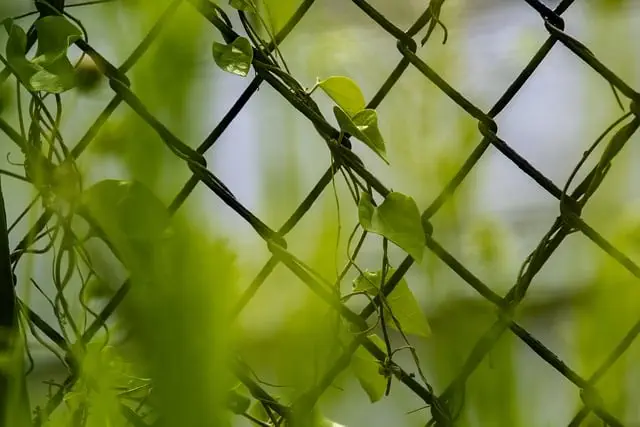Opioid withdrawal symptoms can be severe, but natural herb Kratom (from Mitragyna speciosa) offers potential relief by reducing cravings and anxiety. While Kratom doesn't 'go bad' like perishable items, its effectiveness decreases over time without proper storage, which includes using airtight containers, keeping it cool and dark, and refrigerating it. Regular checks for spoilage signs and sourcing from reputable vendors are crucial. Kratom aids in managing opioid withdrawal but doesn't cure addiction; long-term use should be monitored. Combining kratom with professional guidance enhances its effectiveness.
“Kratom, derived from the tropical plant Mitragyna speciosa, has emerged as a potential natural remedy for opioid withdrawal symptoms. This article explores how kratom can play a role in managing withdrawal, delving into its mechanism of action and safety profile. We discuss the question, ‘does kratom go bad?’ examining its shelf life and the importance of proper storage. Additionally, we provide practical considerations for using kratom effectively as part of a comprehensive withdrawal management strategy.”
- Understanding Opioid Withdrawal and Kratom's Role
- Does Kratom Go Bad? Exploring Its Shelf Life and Safety
- Effective Use and Considerations for Kratom in Withdrawal Management
Understanding Opioid Withdrawal and Kratom's Role
Opioid withdrawal is a complex process that occurs when someone who has been regularly using opioids stops or significantly reduces their dosage. Common symptoms include severe anxiety, depression, irritability, insomnia, nausea, and intense physical cravings. These symptoms can range from mild to debilitating, making it challenging for individuals to function daily.
Kratom, a natural herb derived from the plant Mitragyna speciosa, has gained attention as a potential aid in managing opioid withdrawal. It contains compounds that interact with opioid receptors in the brain, offering relief from cravings and reducing anxiety. While kratom itself doesn’t ‘go bad’ in the traditional sense (as it’s a plant material), its effectiveness may wane over time if not stored properly. Freshly harvested or high-quality kratom is generally considered most effective for mitigating withdrawal symptoms.
Does Kratom Go Bad? Exploring Its Shelf Life and Safety
Kratom, a natural herb derived from the plant Mitragyna speciosa, has gained popularity for its potential to alleviate opioid withdrawal symptoms. However, one common concern among users is whether kratom goes bad and what factors influence its shelf life. It’s important to understand that like any other herbal supplement, kratom can degrade over time if not stored properly. Exposure to heat, light, moisture, and oxygen can all contribute to its deterioration.
Proper storage is key to maintaining the potency and safety of kratom. Keep it in an airtight container, away from direct sunlight and in a cool, dark place. Some experts suggest that storing kratom in the refrigerator can further extend its shelf life. It’s recommended to buy kratom from reputable sources and check the packaging for storage instructions. Regularly checking the product for any signs of spoilage, such as an off smell or unusual color changes, is also crucial for ensuring safety.
Effective Use and Considerations for Kratom in Withdrawal Management
Kratom has gained attention as a potential aid for managing opioid withdrawal symptoms, offering a natural alternative to conventional medications. When used effectively, kratom can help alleviate withdrawal pains, reduce cravings, and improve overall well-being during the detox process. Typically, individuals can take advantage of its effects by brewing it into a tea or using capsules, ensuring consistent dosing.
However, several considerations are essential for safe and effective use. Kratom’s potency varies based on strain and preparation, so understanding the specific type is crucial. Additionally, while kratom may help manage symptoms, it doesn’t cure addiction; long-term use should be monitored by healthcare professionals to prevent dependence or other potential side effects. Lastly, addressing underlying causes of opioid use disorder alongside kratom therapy can significantly enhance its benefits, and seeking professional guidance is advised to ensure the best possible outcome, especially considering if kratom goes bad over time.
Kratom has emerged as a potential natural solution for managing opioid withdrawal symptoms, but understanding its shelf life and safe usage is crucial. As discussed, proper storage practices can extend kratom’s effectiveness, with optimal conditions preserving its potency. However, even the best-stored kratom may lose its potency over time, emphasizing the importance of using it promptly after purchase. When used effectively, considering individual tolerances and consulting healthcare professionals, kratom can aid in easing withdrawal pains without the harsh side effects of prescription medications. Remember, while kratom offers promise, it’s not a one-size-fits-all solution, and personalized care is key to successful recovery.






